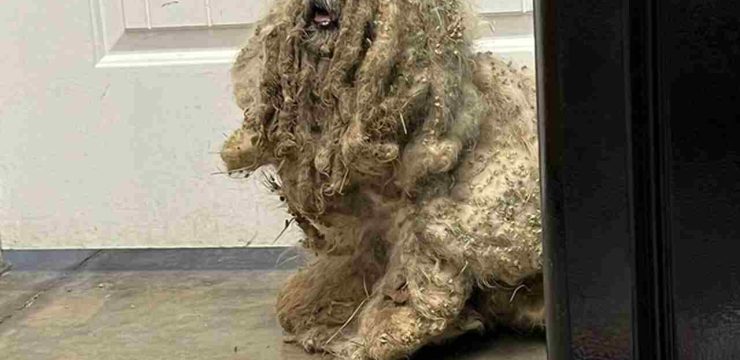When a loved one passes away, the days that follow are often a whirlwind of emotions, decisions, and responsibilities. The grief can feel overwhelming, and in the rush of planning the funeral and handling logistics, families may find themselves making quick choices—sometimes without fully considering the long-term impact.

One common situation during this time is sorting through the belongings of the deceased. In the effort to clean, organize, or “move on,” it’s easy to overlook the deeper significance that certain items hold. But some things, once thrown away, cannot be recovered. Beyond their physical presence, they often carry emotional value, historical meaning, and an irreplaceable connection to the person who’s gone. While it may be tempting to declutter and remove reminders that trigger pain, there are certain belongings that should always be handled with care. Here are four specific items that should never be discarded at a funeral, no matter how strong the urge may be to simplify or let go. First, handwritten letters or notes from the deceased are priceless.
In a world dominated by digital communication, a handwritten message offers something deeply personal—something uniquely theirs. You can see the pressure of the pen, the little imperfections in the handwriting, the way they formed your name or signed theirs. These notes often contain words of love, advice, or even just ordinary thoughts that now hold extraordinary meaning. Holding onto these can provide comfort for years, especially for future generations who never got to meet them. Second, photographs—especially older, printed ones—should never be casually tossed aside.
These images are not just snapshots; they’re visual time capsules. They capture moments, relationships, and expressions that can never be recreated. Even if some seem blurry, faded, or unremarkable at first glance, they may become incredibly meaningful later on. As time passes, you might notice things in the background, or appreciate the fashion, setting, or facial expressions in a new way. And for family members who come along years from now, these photos may be their only window into that part of their family’s story. Third, any objects that were worn regularly or loved deeply by the deceased—like a favorite watch, piece of jewelry, or even a well-worn sweater—should be kept, at least for a time.
These personal items often carry a scent, a memory, or an energy that’s hard to describe but very real. They become physical links to someone who’s no longer physically here. Even if you’re not sure what to do with them right away, it’s worth storing them safely until the emotional fog clears and you can make a more thoughtful decision. Passing such items down as keepsakes can also provide comfort and connection for others in the family. Lastly, anything with their handwriting on it—recipes, calendars, address books, even doodles in the margins of an old notepad—should be preserved.
These seemingly insignificant items often reveal habits, routines, and bits of personality that are more intimate than you might expect. A recipe written in your grandmother’s hand isn’t just a way to make cookies—it’s a ritual, a piece of her story, and a way for her to still “show up” in your kitchen long after she’s gone.
Holding onto these little pieces of someone’s daily life gives you a way to remember not just how they looked or what they said, but how they lived. In times of grief, it’s natural to want to create order, to remove reminders that hurt, or to clear out space as a way of coping. But loss is not something that can be neatly packed away, and neither should the most meaningful parts of someone’s legacy. Take your time, allow yourself to hold on to the things that matter, and recognize that memories often live in the little things. In the end, the items we choose to keep can help us keep them close—not just in our minds, but in our hearts.





